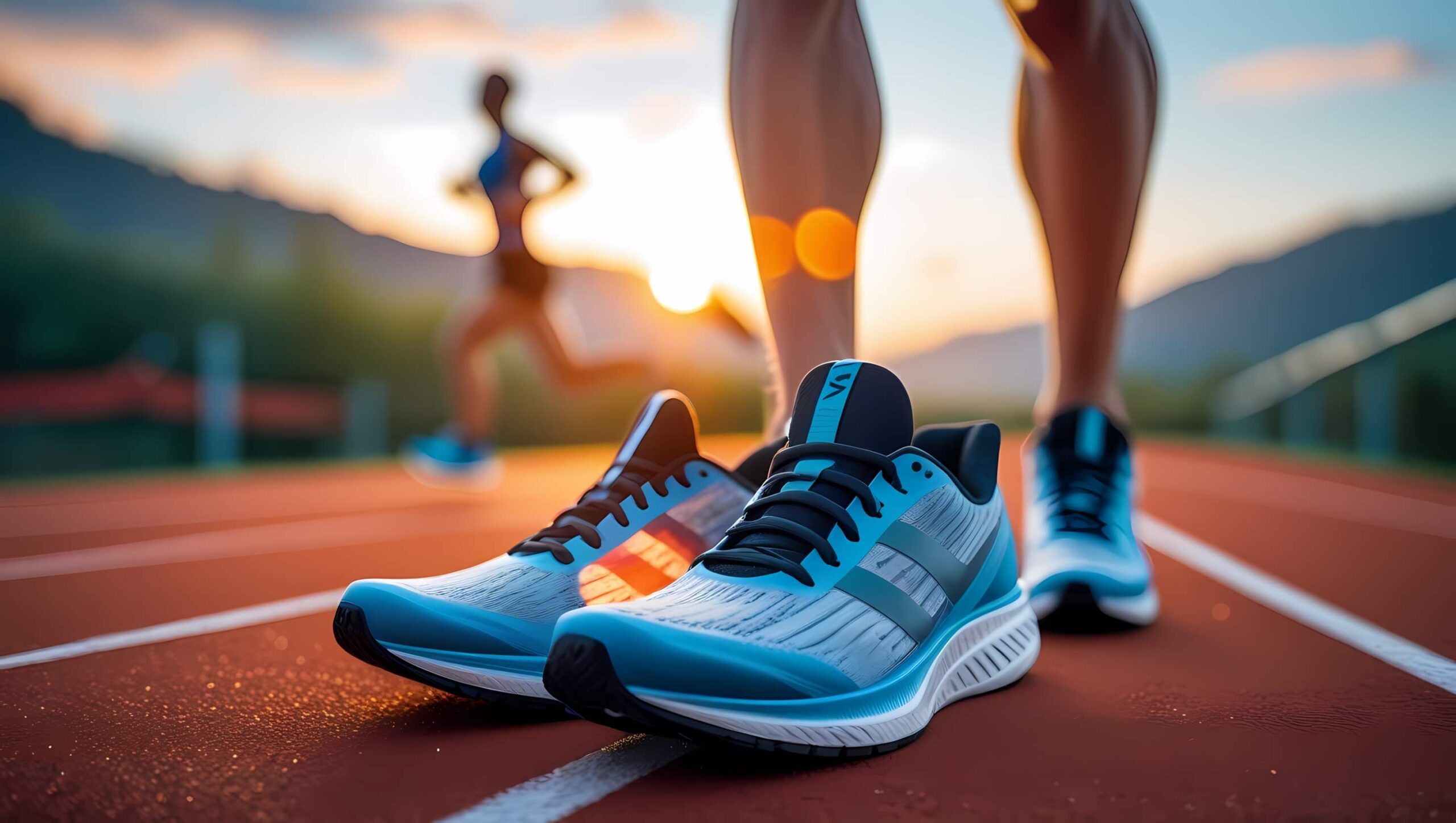Choosing the right running shoes is often a daunting task, but it doesn’t need to be. This guide will assist you in whichever category you fall into: whether a beginner or an expert. It indeed has everything that you need to know in order to have the best pair. So without wasting any more time, let’s go!
What Makes Running Shoes So Important?
The shoes are the foundation of every runners arsenal and they:
- Protect from injuries like shin splits, fasciitis tendinitis, or knee pain
- Enhance performance due to increased comfort and efficiency
- Provide protection for the feet, ankles, and joints
Picking the wrong shoes can bring about discomfort. It can also lead to permanent damage to the feet. This makes the choice of shoes very important.
Types of Running Shoes
Not all running shoes are the same. Here’s a quick breakdown:
- Cushioned Shoes
- Best for: Neutral runners or high arches.
- Features: Extra padding for shock absorption.
- Examples: Hoka Clifton, Brooks Glycerin.
- Stability Shoes
- Best for: Overpronators (feet roll inward).
- Features: Added support to correct foot motion.
- Examples: Brooks Adrenaline GTS, Asics Gel-Kayano.
- Motion Control Shoes
- Best for: Severe overpronators or heavier runners.
- Features: Firm support to control excessive movement.
- Examples: Saucony Redeemer, Brooks Beast.
- Minimalist/Barefoot Shoes
- Best for: Runners seeking a natural feel.
- Features: Lightweight, flexible, and close-to-the-ground.
- Examples: Vibram FiveFingers, Merrell Vapor Glove.
- Trail Running Shoes
- Best for: Off-road running on uneven terrain.
- Features: Aggressive tread for grip, durable materials.
- Examples: Salomon Speedcross, Altra Lone Peak.
- Racing Flats
- Best for: Competitive runners or speed workouts.
- Features: Lightweight and minimal cushioning.
- Examples: Nike ZoomX Vaporfly, Adidas Adizero Adios.
Key Features to Look For
When shopping for running shoes, keep these factors in mind:
- Fit: Snug but not tight, with room for your toes.
- Cushioning: Choose based on your running style and surface.
- Arch Support: Match the shoe to your foot arch (high, medium, low).
- Breathability: Look for mesh uppers to keep feet cool.
- Weight: Lighter shoes for speed, heavier for durability.
- Durability: Check the outsole material (rubber lasts longer).
How to Choose the Right Running Shoe
Follow these steps to find your perfect pair:
- Know Your Foot Type: Flat feet, high arches, or neutral?
- Consider Your Running Style: Heel striker, midfoot striker, or forefoot striker?
- Think About Terrain: Road, trail, or treadmill?
- Get Fitted Professionally: Visit a running store for a gait analysis.
- Try Before You Buy: Test the shoes by jogging in-store or on a treadmill.
Top Running Shoe Brands and Models
Here are some of the most trusted brands and their popular models:
- Nike: Pegasus, Vaporfly
- Adidas: Ultraboost, Solar Glide
- Brooks: Ghost, Adrenaline GTS
- Asics: Gel-Kayano, Gel-Nimbus
- Hoka: Clifton, Bondi
- New Balance: Fresh Foam, 880
Running Shoe Maintenance Tips
To extend the life of your running shoes:
- Rotate between two pairs.
- Clean them regularly and air dry.
- Replace every 300-500 miles or when you notice wear.
Common Mistakes to Avoid
- Choosing shoes based on looks alone. Functionality matters most.
- Ignoring your foot type and running style. This can lead to injuries.
- Wearing the wrong size. Too tight or too loose shoes cause blisters.
- Not replacing old shoes. Worn-out shoes lose support and cushioning.
Concluding Remarks
Appropriate running shoes can greatly enhance your performance when running. Take your time to evaluate your needs, get advice from professionals, and test on a few pairs. Considering these factors will surely help your feet and runs!
Running Shoes Related FAQs
Q: When should I retire my running shoes?
A: Every 300-500 miles or when you see clear signs of damage.
Q: Is it possible to run on trails and roads with the same pair of shoes?
A: It is advisable to use trail shoes for off-road activities and road shoes for running on paved paths.
Q: How do stability shoes differ from motion control shoes?
A: Stability shoes offer moderate support for over pronation, while motion control shoes have extra support for severe over pronation.
Which running shoes are your favorite? Tell us your selections in the comments section. Check out our recommended running shoes for your next purchase. Happy running! 🏃♂️👟





